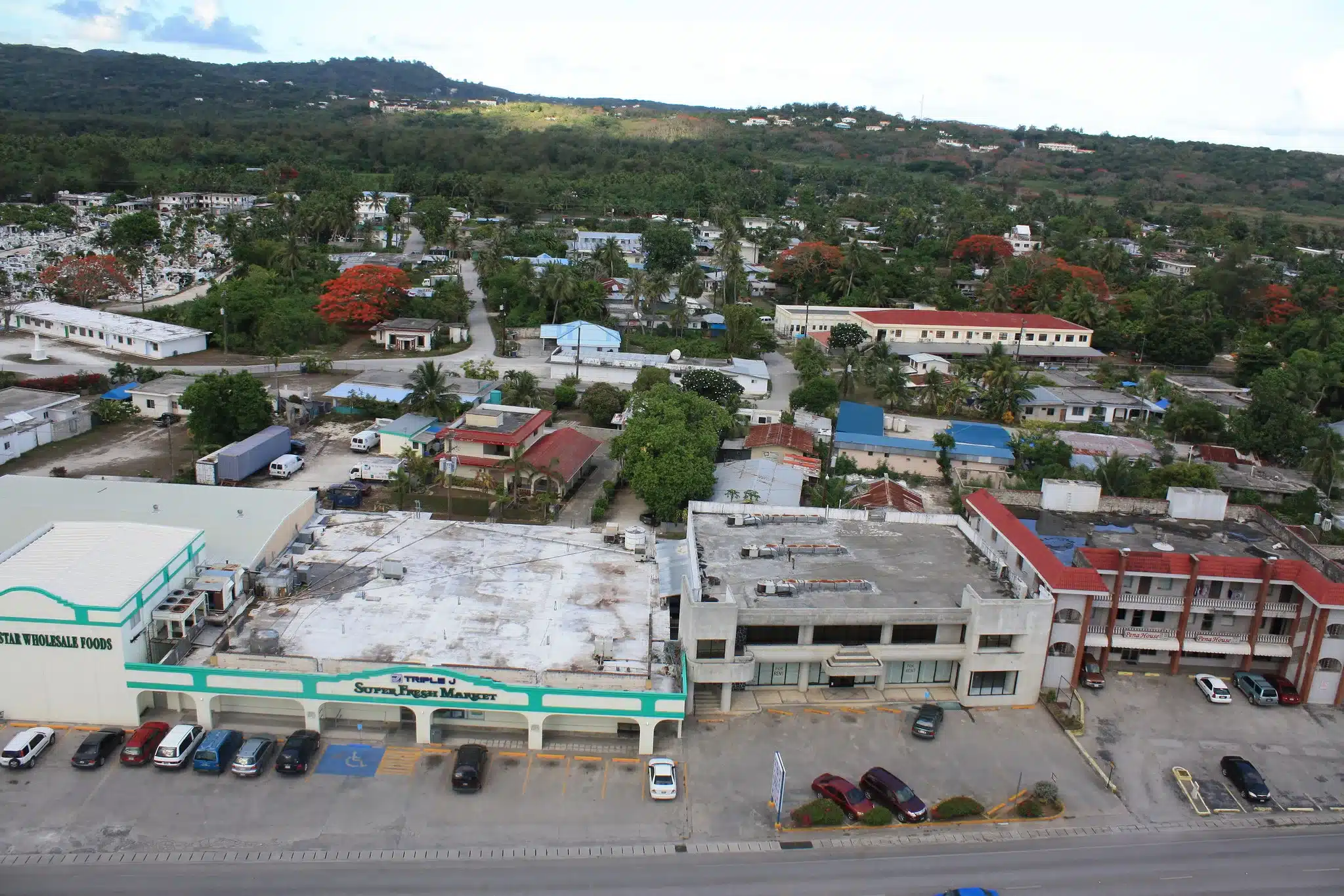Colorado State University hurricane researchers are predicting an extremely active Atlantic hurricane season in their initial 2024 forecast. The team cites record warm tropical and eastern subtropical Atlantic sea surface temperatures as a primary factor for their prediction of 11 hurricanes this year.
When waters in the eastern and central tropical and subtropical Atlantic are much warmer than normal in the spring, it tends to force a weaker subtropical high and associated weaker winds blowing across the tropical Atlantic. These conditions will likely lead to a continuation of well above-average water temperatures in the tropical Atlantic for the peak of the 2024 Atlantic hurricane season. A very warm Atlantic favors an above-average season since a hurricane’s fuel source is warm ocean water. In addition, a warm Atlantic leads to lower atmospheric pressure and a more unstable atmosphere. Both conditions favor hurricanes.
While the tropical Pacific is currently characterized by El Niño conditions, these are likely to transition to La Niña conditions by the peak of the Atlantic hurricane season from August to October. La Niña tends to decrease upper-level westerly winds across the Caribbean into the tropical Atlantic. These decreased upper-level winds result in reduced vertical wind shear, favoring Atlantic hurricane formation and intensification.
Given the combined hurricane-favorable signals of an extremely warm Atlantic and a likely developing La Niña, the forecast team has higher-than-normal confidence for an April outlook that the 2024 Atlantic hurricane season will be very active. This is the highest prediction for hurricanes that CSU has ever issued with their April outlook. The prior highest April forecast was for nine hurricanes, which has been called for several times since the university began issuing April forecasts in 1995. However, the team stresses that the April outlook historically has the lowest level of skill of CSU’s operational seasonal hurricane forecasts, given the
considerable changes that can occur in the atmosphere-ocean between April and the peak of the Atlantic hurricane season from August–October.
CSU Tropical Weather and Climate team predicts 23 named storms in 2024
The CSU Tropical Weather and Climate team is predicting 23 named storms during the Atlantic hurricane season, which runs from June 1 to November 30. Of those, researchers forecast eleven to become hurricanes and five to reach major hurricane strength (Saffir/Simpson Category 3-4-5) with sustained winds of 111 miles per hour or greater. The team bases its forecasts on a statistical model, as well as four models that use a combination of statistical information and model predictions of large-scale conditions from the European Centre for Medium-Range Weather Forecasts, the UK Met Office, the Japan Meteorological Agency, and the Centro Euro-Mediterraneo sui Cambiamenti Climatici. These models use 25-40 years of historical hurricane seasons and evaluate conditions including Atlantic sea surface temperatures, sea level pressures, vertical wind shear levels (the change in wind direction and speed with height in the atmosphere), El Niño (warming of waters in the central and eastern tropical Pacific), and other factors.
So far, the 2024 hurricane season is exhibiting characteristics similar to 1878, 1926, 1998, 2010 and 2020.
“Our analog seasons were all very active Atlantic hurricane seasons,” said Phil Klotzbach, senior research scientist in the Department of Atmospheric Science at CSU and lead author of the report. “This highlights the somewhat lower levels of uncertainty that exist with this outlook relative to our typical early April outlook.”
The team predicts that 2024 hurricane activity will be about 170% of the average season from 1991–2020. By comparison, 2023’s hurricane activity was about 120% of the average season. The most significant hurricane of the 2023 Atlantic hurricane season was Hurricane Idalia. Idalia made landfall at Category 3 intensity in the Big Bend region of Florida, causing $3.6 billion in damage and resulting in eight direct fatalities.
| Forecast Parameters | CSU Forecast for 2024* | Average for 1991-2020 |
|---|---|---|
| Named Storms | 23 | 14.4 |
| Named Storm Days | 115 | 69.4 |
| Hurricanes | 11 | 7.2 |
| Hurricane Days | 45 | 27.0 |
| Major Hurricanes | 5 | 3.2 |
| Major Hurricane Days | 13 | 7.4 |
| Accumulated Cyclone Energy (ACE)+ | 210 | 123 |
| ACE West of 60 degrees longitude | 125 | 73 |
In addition to the various hurricane metrics that CSU has used for many years, the forecast team introduced a new metric last year. Accumulated Cyclone Energy (ACE) occurring west of 60 degrees west longitude is an integrated metric accounting for storm frequency, intensity, and duration in the western half of the Atlantic basin. ACE generated west of 60 degrees west correlates better with landfalling storms in the Atlantic basin than basinwide ACE since virtually all hurricane-prone landmasses in the Atlantic Ocean are located west of 60 degrees west. Generally, a slightly lower percentage of basinwide ACE occurs west of 60 degrees in El Niño years relative to La Niña years. Since the team anticipates La Niña as the most likely outcome in 2024, the percentage of basinwide ACE occurring west of 60 degrees west is predicted to be higher than last year. The CSU team will issue forecast updates on June 11, July 9, and August 6.
This is the 41st year that CSU has issued an Atlantic basin seasonal hurricane forecast. Professor Emeritus Bill Gray originated the seasonal forecasts at CSU and launched the report in 1984. He continued to author them until his death in 2016. The authors of this year’s forecast are Phil Klotzbach, Professor Michael Bell, PhD, candidate Alex DesRosiers, and Research Scientist Levi Silvers. The CSU Tropical Weather and Climate Team is part of the Department of Atmospheric Science in the Walter Scott, Jr. College of Engineering at CSU and is one of the top-ranked Atmospheric Science programs in the world.
The CSU forecast is intended to provide a best estimate of activity in the Atlantic during the upcoming season—not an exact measure. As always, the researchers caution coastal residents to take proper precautions.
“It takes only one storm near you to make this an active season for you,” Bell said.
Hurricane landfalling probability included in the 2024 report
The report also includes the probability of major hurricanes making landfall:
- 62% for the entire US coastline (average from 1880–2020 is 43%).
- 34% for the US East Coast, including the Florida peninsula (average from 1880–2020 is
21%). - 42% for the Gulf Coast from the Florida panhandle westward to Brownsville (average
from 1880–2020 is 27%). - 66% for the Caribbean (average from 1880–2020 is 47%).
The forecast team also provides probabilities of named storms, hurricanes and major hurricanes tracking within 50 miles of each county or parish along the Gulf and US East Coast, as well as hurricane-prone coastal states, Mexican states, Canadian provinces and countries in Central America and the Caribbean. These probabilities for regions and countries are adjusted based on the current seasonal forecast.












Very informative and well-compiled – thank you!!